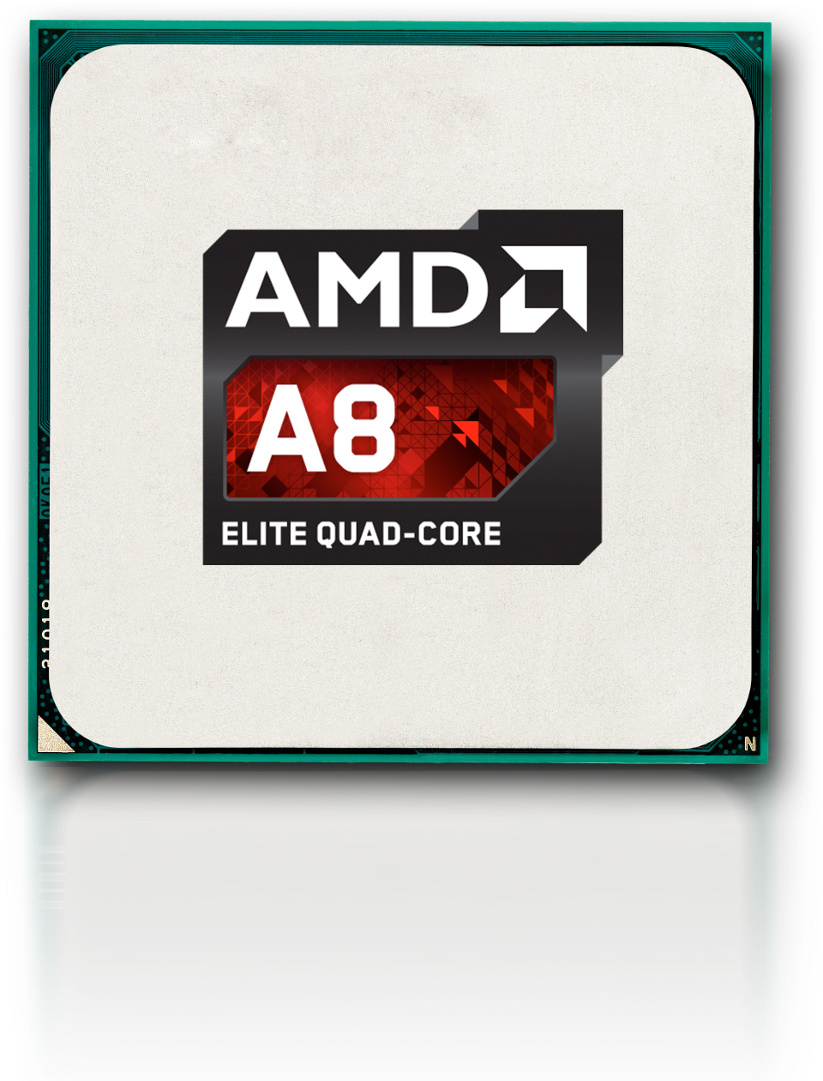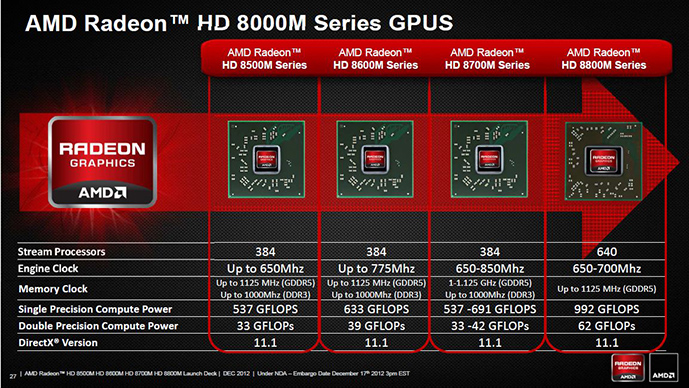
Sie bietet keinen eigenen Grafikspeicher, sondern greift zusammen mit den CPU Kernen auf den Hauptspeicher zu.ĭer Codename Trinity wird dadurch abgeleitet, da sich die APU aus drei Architekturen zusammensetzt: Piledriver (Bulldozer Nachfolger) CPU Kerne, Northern Islands GPU Kerne (Desktop 6900 Serie) und Southern Islands Video Processing Engine und Multi-Display Technologie.ĭer integrierte UVD3 Video Decoder (Avivo HD) ermöglicht das vollständige Dekodieren von HD Videos. Sie bietet die volle Anzahl von 384 Shaderkernen welche auf der VLIW4 Architektur der Radeon HD 6900 Serie basieren. All in all, most everything is included to get you started on your Eyefinity setup, should that be the route you plan to take.Die AMD Radeon HD 7660G bezeichnet die schnellste in den Trinity Prozessoren (A10-Serie) integrierte Grafikkarte. Included with the card is a CrossFireX bridge adapter, VGA to DVI adapter, Mini-DP to DP cable, 2 x 4-pin Molex to 6-pin PCIe adapter and 1.8 meter HDMI 1.4a cable.

#AMD RADEON HD 7670M TEMPERAURE RANGE SERIES#
This should keep the internal chassis temperature lower while still helping the card keep well within its thermal limits.Īs is typical of AMD’s HD 6000 series up to this point, Sapphire’s Toxic supports up to five displays right out of the box, although six would be possible if you purchased an external DisplayPort expander. The idea is to let the air be forced out of the back instead of in all different directions. Sapphire’s Toxic by comparison retails for $210, which isn’t too much of a premium given its pre-OC’d likeness and special cooler.Īs you can see from the photo below, the Toxic cooler looks nothing like the reference, but features the same shroud design with minimal airholes.


The SRP for the HD 6850 reference card is $180, but currently most hover more towards $190 – $200. The reference clocked HD 6850 features a 775MHz core clock and 1000MHz memory clocks, while Sapphire’s Toxic model boosts those to 820MHz and 1100MHz, respectively. Here are the specs for all of AMD’s current offerings: As mentioned before, AMD will be soon launching the HD 6900 series, but those cards won’t affect the HD 6800 models and their respective price-points. The HD 5870 and higher might be faster than both of these, but the newer cards feature other improvements, all of which we covered in our launch article. Closer LookĪt this point in time, the HD 6870 is AMD’s current top-end offering, with the HD 6850 following in its footsteps. We hope to see some of the same kind of domination here today. We’ve taken a look at many Toxic and “Vapor-X” designs in the past from Sapphire, and more often than not, there is just no comparison to their reference counterparts. Not only does this card have faster clocks than reference, but the cooler promises better cooling and overclocking potential. Not surprisingly, Sapphire was one of these, releasing its pre-overclocked “Toxic” HD 6850 to the wild. Like most launches, there weren’t too many third-party designs available for purchase, but in the weeks following it, some companies began announcing their own customized designs. The current crop of cards make it a great time to be a gamer. That launch spawned price drops from NVIDIA, and resulted in both companies offering superb offerings at the $200~$250 price-range. AMD last month released its highly-anticipated Radeon HD 6800 series of graphics cards, and after taking both the HD 6850 and HD 6870 for a spin, we were left impressed.


 0 kommentar(er)
0 kommentar(er)
